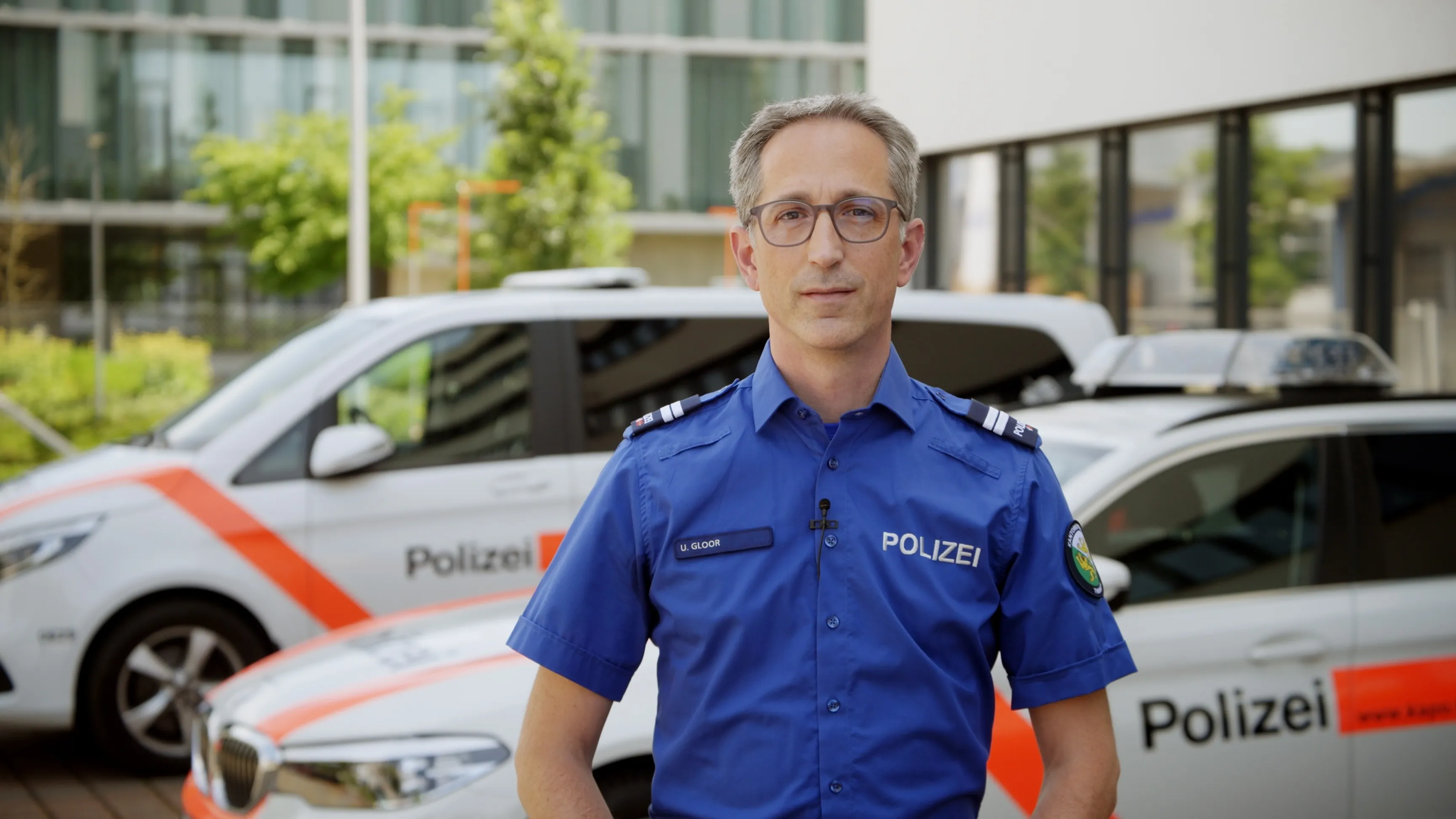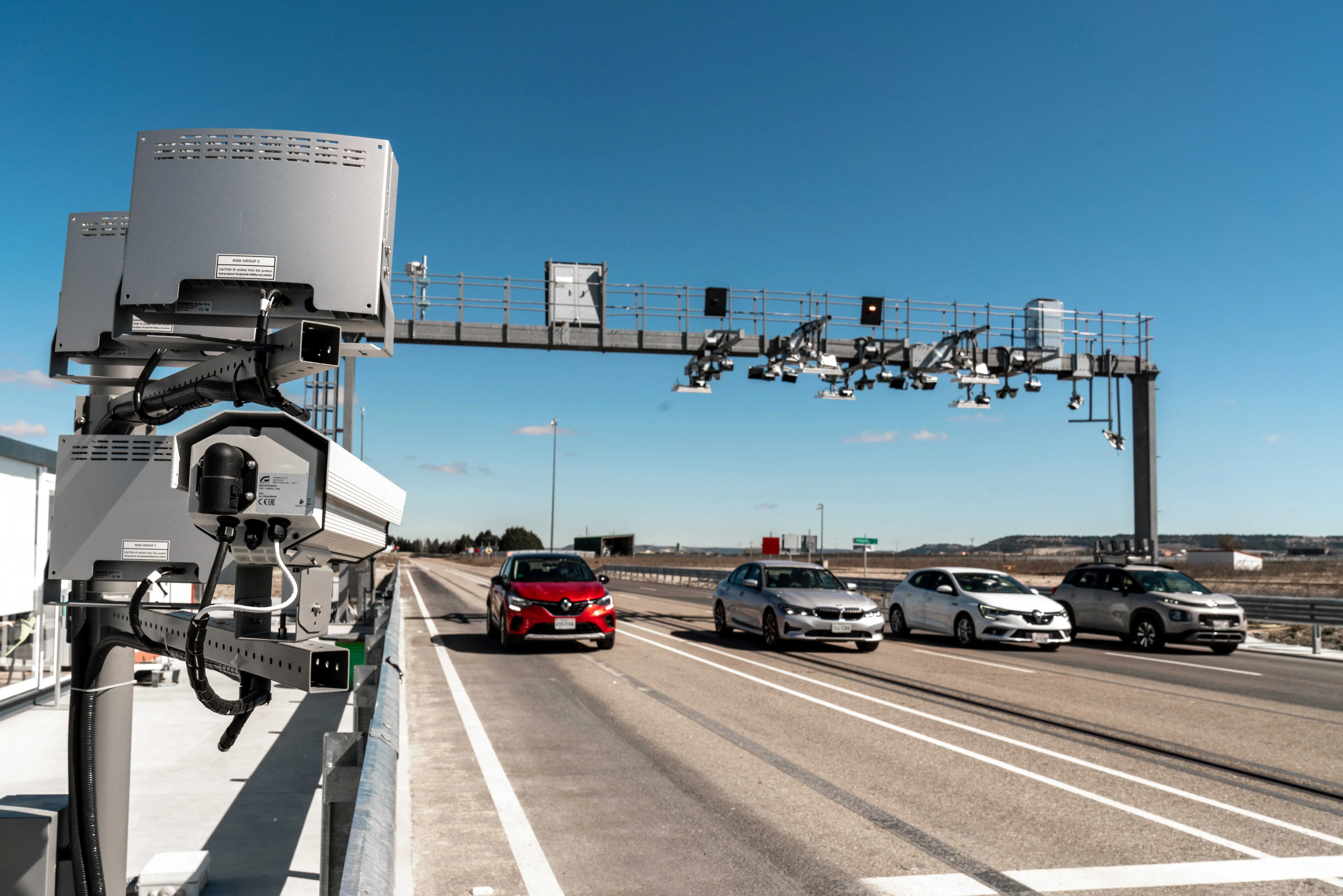Xerox recently piloted its vehicle passenger detection system in Europe on the busy French-Swiss border, to demonstrate how an accurate automated system would enable transport authorities to operate high occupancy vehicle (HOV) lanes and encourage commuters to adopt carpooling.
The pilot, conducted in conjunction with the French Centre for Studies and Expertise on Risks, Environment, Mobility, and Urban and Country planning (Cerema) and the Regional Directorate for the Environment, Planning and Housing (
October 8, 2015
Read time: 2 mins
The pilot, conducted in conjunction with the French Centre for Studies and Expertise on Risks, Environment, Mobility, and Urban and Country planning (Cerema) and the Regional Directorate for the Environment, Planning and Housing (DREAL), delivered highly satisfactory results, says Xerox. It demonstrated greater than 95 per cent accuracy in detecting the number of passengers in each vehicle and greater than 97 per cent accuracy in detecting that a vehicle had only a driver.
The pilot also found that, in the peak morning rush hours, 85 per cent of vehicles had no passengers; 12 per cent had one passenger and fewer than three per cent had two or more passengers.
The solution is based on patented computer vision techniques and geometric algorithms from Xerox research labs that distinguish between empty and occupied seats. The system complies with data protection law through non-reversible blurring techniques to prevent personal identification and photograph destruction after processing.
According to DREAL, the Xerox vehicle passenger detection system’s automated counting capability and high level of accuracy remove a significant barrier to the introduction of carpooling initiatives and HOV lanes, giving transport authorities a valuable tool to help them take action to reduce congestion. Hervé Fagard, department head, DREAL Franche-Comté, said, “The pilot results give the authorities the necessary data to inform any initiative they may consider to reduce congestion.”
“The Jougne pilot has proved that the Xerox system, the most accurate automated device on the market, is now ready for us to launch it in Europe,” said Jean-Charles Caulier, sales director, International Public Sector, Xerox. “The system can be used on a large scale to avoid organisations having to manually monitor lanes reserved for carpooling.”










